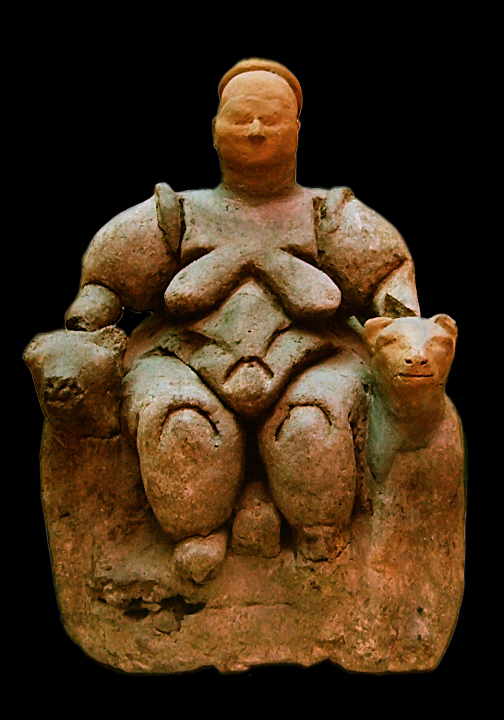 Turkey is a patchwork of many cultures of our world. Here we find traces of the Hittites, examples of Greek and Roman ancient architecture, buildings from the Byzantine period and extremely interesting Turkish monuments. In museums we will admire, among others. beautiful ancient carvings, Byzantine mosaics and magnificent pieces of Ottoman costumes, subsequent editions of the Koran and original jewelry. All this belongs to the broadly understood culture of Anatolia, but it is not limited to these issues alone. Music played an important role in the life of the Ottoman court, which in contemporary Turkey is a popular phenomenon. Great literature has left an even greater legacy, with its roots in the Seljuk state, and all this, together with the overwhelming influence of the Islamic religion, has left a permanent mark on the minds of the people of Turkey, which directly translated into their customs, so everyday life.
Turkey is a patchwork of many cultures of our world. Here we find traces of the Hittites, examples of Greek and Roman ancient architecture, buildings from the Byzantine period and extremely interesting Turkish monuments. In museums we will admire, among others. beautiful ancient carvings, Byzantine mosaics and magnificent pieces of Ottoman costumes, subsequent editions of the Koran and original jewelry. All this belongs to the broadly understood culture of Anatolia, but it is not limited to these issues alone. Music played an important role in the life of the Ottoman court, which in contemporary Turkey is a popular phenomenon. Great literature has left an even greater legacy, with its roots in the Seljuk state, and all this, together with the overwhelming influence of the Islamic religion, has left a permanent mark on the minds of the people of Turkey, which directly translated into their customs, so everyday life.
The legacy of the Hittites and the poetite states
The first state organism in Asia Minor was the Hittite state (XVIII – VIII c. p.n.e.), but even before the arrival of the Hittites, there were trading posts here established by merchants from Mesopotamia and Syria. Their archive found at Kultepe (near Kayseri), written in cuneiform writing on clay tablets, is the oldest literary monument in Anatolia. It gives answers to many questions about trading, politics and economy of that time. After the assimilation of the Hittites and their taking control of the former loose city-states, Anatolian culture was dominated by this Indo-European people. But a variety of ethnic factors mixed the artistic forms, and thus the emergence of new and original, primarily in religious life.
The Hittites developed a polytheistic and anthropomorphic religion with an extensive system of rituals. Characteristic for this period are rock carvings made according to a specific pattern and bas-reliefs surrounding the walls of cities and the walls of temples (np. sanctuary in Yazilikaya). The reliefs depicted numerous deities (the most important of which was Tarhunt) and the kings who serve them faithfully. The Hittites also left behind many ritual figures made mostly of clay or bronze, which portrayed not only deities, but also people and animals (a common theme was the deer, probably considered to be the personification of some god).
There were many temples in the Hittite cities, of which only meager remains can be admired by a modern tourist. The settlements were guarded by ramparts with towers, and the entrance gate was accompanied by statues of lions, sphinxes or just warriors. The Hittites left behind a huge amount of written documents – just like the Kultepe merchant archive – in cuneiform on clay tablets (most were found in the capital of Hattusas). Religious texts predominate on the tablets, but there are also political and historical texts, and even the correspondence of the then rulers.
After the collapse of the Hittite state, a period came in Anatolia, which can be described as "before the arrival of the Greeks" or poetical. Against such state organisms, like Frygia or Lidia, Hittite culture was undoubtedly influenced. But more and more it turned westward, the first Greeks began to arrive and dominated without any major obstacles (culturally) little Asian communities. Among them, for example. Lia and Karia; it was the king of the latter who built the famous buildings around the world, Greek in its style, mausoleum (one of the seven wonders of the world). But the Lycians and the Kars still had their own writing.